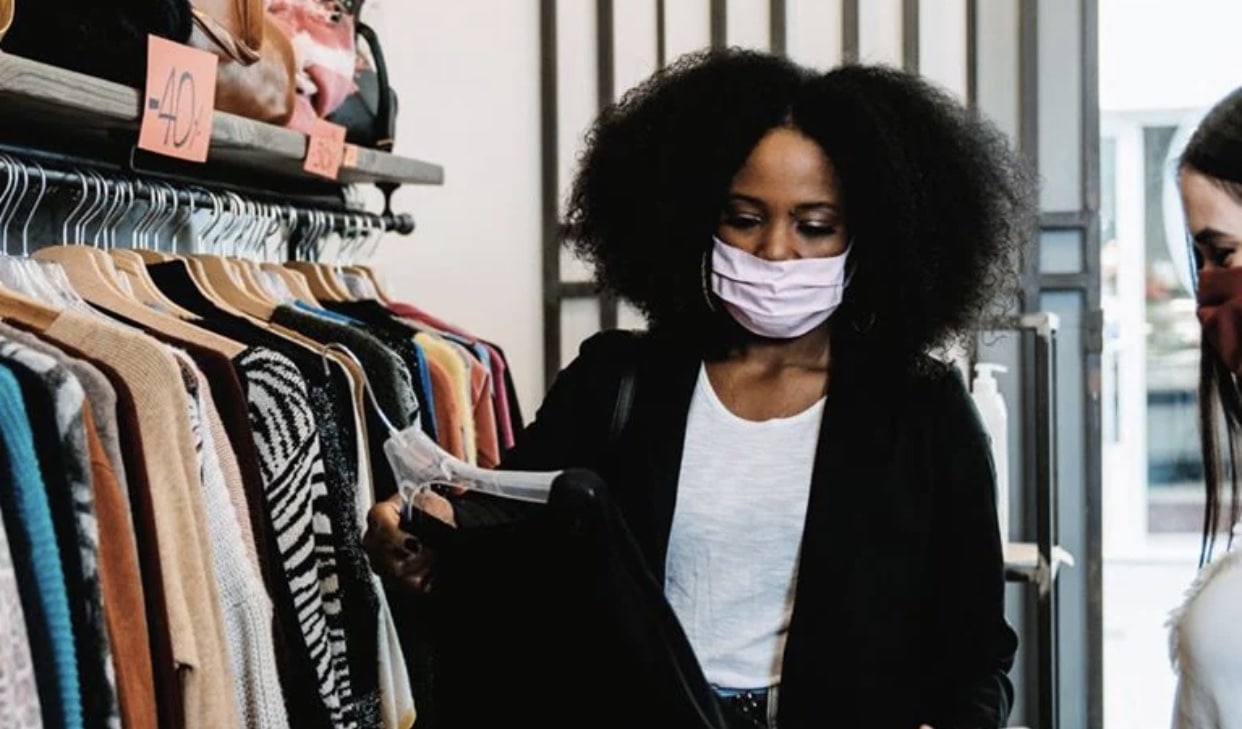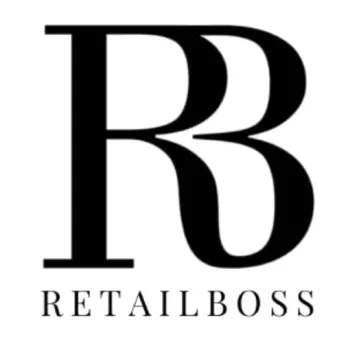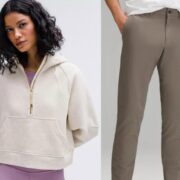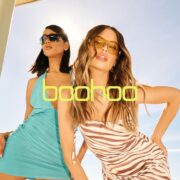McKinsey Identifies Black Brand Inequality In Beauty Industry
Over the past decade, Americans have spent more than $500 billion on beauty products.

Jeanel Alvarado is a marketer and retail strategist, leveraging 15+…
Over the past decade, Americans have spent more than $500 billion on beauty products. Last year alone, the US beauty industry was worth $60 billion, and with a compound annual growth rate (CAGR) of 5 percent, it’s expected to reach $73 billion by 2025.
Likewise, spending on beauty is robust among Black Americans, a diverse and growing group of 41 million people with increasing spending power. In 2021, they spent $6.6 billion on beauty. That’s 11.1 percent of the total US beauty market, lagging slightly behind the 12.4 percent Black representation in the total US population. Yet, despite significant spending by the Black community, the prospect of equity in the beauty industry, like in so many other industries, has been elusive.
McKinsey’s analysis shows that Black people’s experience within the beauty industry is markedly more frustrating than that of other people and filled with multiple friction points that non-Black consumers, entrepreneurs, and brands are less likely to face (see sidebar “Black beauty at a glance”).
Black people’s experience within the beauty industry is markedly more frustrating than that of non-Black people and filled with multiple friction points:
- Black brands make up only 2.5 percent of revenue in the beauty industry. Yet Black consumers are responsible for 11.1 percent of total beauty spending.
- Black consumers are three times more likely to be dissatisfied than non-Black consumers with their options for hair care, skin care, and makeup.
- Black consumers show an affinity and preference for Black beauty brands and are 2.2 times as likely to conclude that products from those brands will work for them. However, only 4 to 7 percent of beauty brands carried by specialty beauty stores, drugstores, grocery stores, and department stores are Black brands.
- From entry-level to the C-suite and from retailers to beauty houses, only 4 to 5 percent of all employees in the US beauty industry are Black.
- Black brands in the beauty industry raise a median of $13 million in venture capital, substantially less than the $20 million that non-Black brands raise. Yet today, the median revenue of those Black brands is 89 times higher than what non-Black beauty brands return over the same period.
- Addressing racial inequity in the beauty industry is a $2.6 billion opportunity. Better serving Black consumers and supporting Black beauty brands could lead to greater equity across the entire beauty industry—for shoppers, entrepreneurs, large beauty houses, retailers, and investors.
Black brands—defined as either Black-founded or Black-owned—make up only 2.5 percent of revenue in the beauty industry, yet Black consumers are responsible for 11.1 percent of total beauty spending. Or that Black consumers simply don’t see themselves in beauty advertisements on TV, in magazines, or on billboards because of a lack of diversity in ad campaigns. Black consumers also don’t have access to quality beauty products the way that non-Black shoppers do, and when they do, it is harder for them to find the products they are looking for.
Jeanel Alvarado is a marketer and retail strategist, leveraging 15+ years of cross-disciplinary expertise in retail, e-commerce, technology, consumer and shopping trends. She is the former Senior Managing Director of the School of Retailing at the University of Alberta. Jeanel’s insights appear in Nasdaq, Entrepreneur, Fortune, TIME, and the US Chamber of Commerce, among others, with recurring commentary on top retailers and brands for financial markets, consumer insights, shopping trends, tech Innovation, and the luxury sector.





